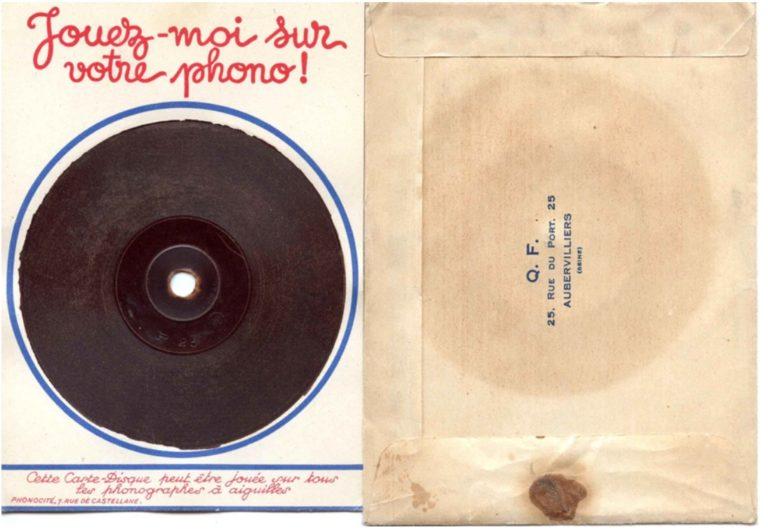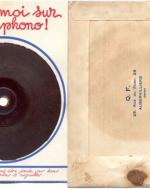Created by Sofia Naranjo on Thu, 11/12/2020 - 22:09
Description:
Thomas Edison is known for quite a few inventions that helped change the course of daily human interaction. Among these, the planning of the phonograph conceptualized the beginnings of vocal communication at large distances, leading up to today.
Between the years 18887 and 1892, Edison sketched out and fine-tuned his idea of the phonograph and the audible letters that people would be able to input into them. Edison evolved from the idea of wax sheets being sent to and from a person to wax cylinders, that would then be put upon a phonograph.
Although, realistically at the time, not everyone could have a phonograph, Edison proposed the idea of setting up stations containing phonographs that would be available to rent for a bit to play the message. Edison supported this by saying, “And which of us would not rather pay something extra, in order to hear a dear friend’s or relative’s voice speaking to us from the other side of the earth.”
The wax cylinder evolved into discs, akin to records, that were made of celluloid. This made delivery easier and did not increase the cost to send these.
Camlot, Jason. “The First Phonogramic Poem: Conceptions of Genre and Media Format, Circa 1888.” BRANCH: Britain, Representation and Nineteenth-Century History. Ed. Dino Franco Felluga. Extension of Romanticism and Victorianism on the Net. Web. Accessed 12 November 2020
Copyright:
Associated Place(s)
Part of Group:
Featured in Exhibit:
Artist:
- http://www.lotz-verlag.de/Online-Disco-Phonocards.html


